Delivering an Office Experience That’s Worth the Commute
Many small, intentional touchpoints shape how a workplace feels, writes Rene van Camp of ISS North America and Guckenheimer.

In a market flooded with options—and a workforce that no longer automatically shows up—owners and landlords are under pressure to deliver more than square footage. They have to deliver an experience.
Hybrid work is here to stay. And with that shift, tenants are asking new questions: Does this space help us attract talent? Does it support how we work today? And will it make people want to come in tomorrow, too?
Location and amenities still matter. But increasingly, leasing and renewal decisions are shaped by the day-to-day experience a building delivers. That’s prompting owners to re-think not just how space is designed, but how it’s run.
Facility management has moved to the front-of-house
Facility management used to happen in the background. Today, it’s front-line work—and plays a major role in whether tenants renew or walk.
From the moment someone steps inside to the moment they leave, every detail influences how they feel about the space. A smooth arrival, a friendly welcome, reliable power, comfortable temperature, food that people actually look forward to—these moments define the building experience. And when delivered with consistency and care, they earn trust and build long-term loyalty.
Many owners are taking cues from the hospitality industry, bringing in service models that prioritize comfort, responsiveness and ease. The goal isn’t to replicate a hotel, but to create an office environment that feels welcoming, intuitive and worth the time spent away from home.
READ ALSO: Return-to-Office Rebounds
The commute has to feel worth it
The conversation over return-to-office debate has shifted. Today, most companies require in-person work at least a few days a week. That means every day is an opportunity to get it right.
When employees make the effort to commute, they’re weighing the office experience against everything else competing for their time: the flexibility of home, the energy of public spaces, the demands of daily life.
At the same time, employers are asking their own questions, too—or should be. Does our building, our space reflect our brand and values? Is it helping us retain talent? Foster collaboration? Encourage productivity? Create a sense of community?
Facility management plays a critical role in answering those questions. It’s not simply about what works. It’s about creating a space that works well for the people using it.
What offices learn from great hotels
Think about the kind of hotel you’d book again. It might not be the newest or flashiest, but it’s probably clean, comfortable, well-run. The staff anticipates what you need and makes it easy to enjoy your stay.
That same thinking applies to offices. Great facility management creates the conditions for people to thrive—through a hundred small, intentional touchpoints that shape how they feel in the space.
It’s the front-desk farewell at the end of the day. The mealtime menu tailored to employee behaviors and needs. The clean, intuitive layout that helps people move through their day with ease. None of it happens by accident.
Hotels succeed because they design every detail with care—and so do the best-run office buildings. From signage to lighting, food service to restroom cleanliness, each element contributes to a space that feels thoughtful and cohesive. And once people trust that experience, they start looking forward to being there.
That’s when office space becomes a true asset. Beyond sheer aesthetics, it delivers something people actually value.
Facility management is brand in action
A well-run workplace doesn’t just support a company, it reflects it. Facility management is often the first and last impression employees and guests have of the organization inside. When that experience feels aligned, seamless and human, it amplifies the tenant’s culture.
That might mean hosting community events in the lobby, tailoring menus to reflect local culture or training front-of-house teams to learn people’s name and greet them personally every day. These aren’t bells and whistles anymore. They’ve become foundational.
In a market where every square foot is under scrutiny, workplace experience is a business-critical advantage. And owners who treat facility management as a strategic asset are far better positioned to compete and win.
Because in today’s office market, great buildings don’t stand out just by looking good on paper. They stand out by making people feel good being there. And that starts with how they’re run.
Rene van Camp, is chief hospitality officer, ISS North America, & principal, Guckenheimer.


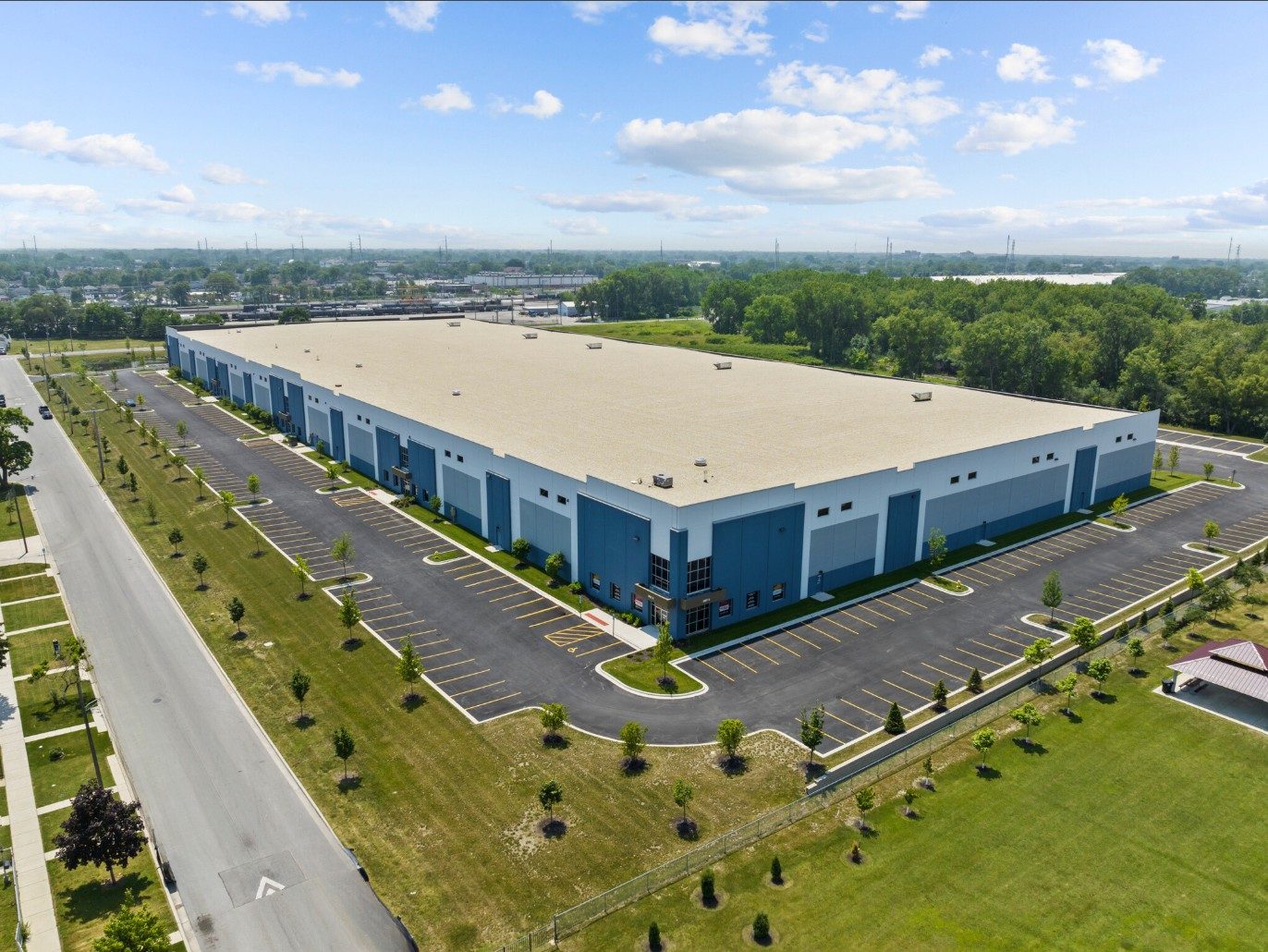
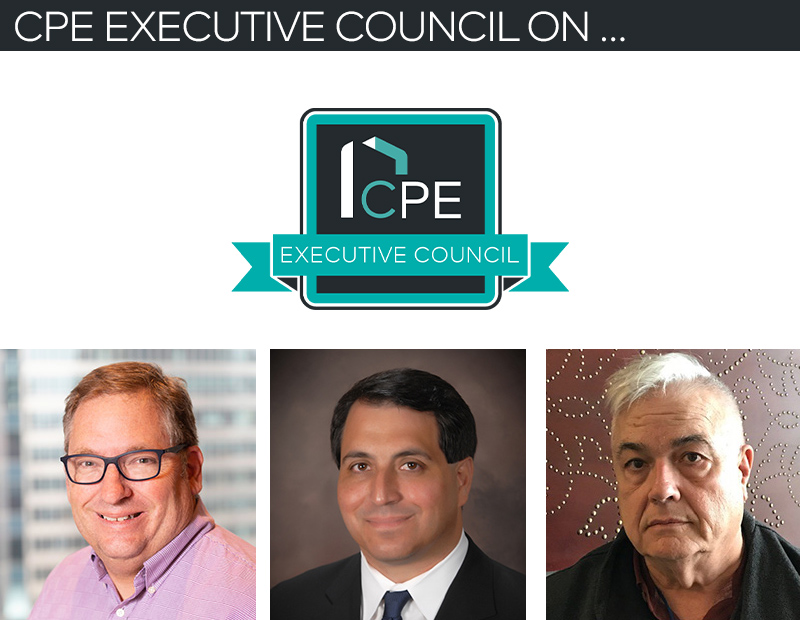
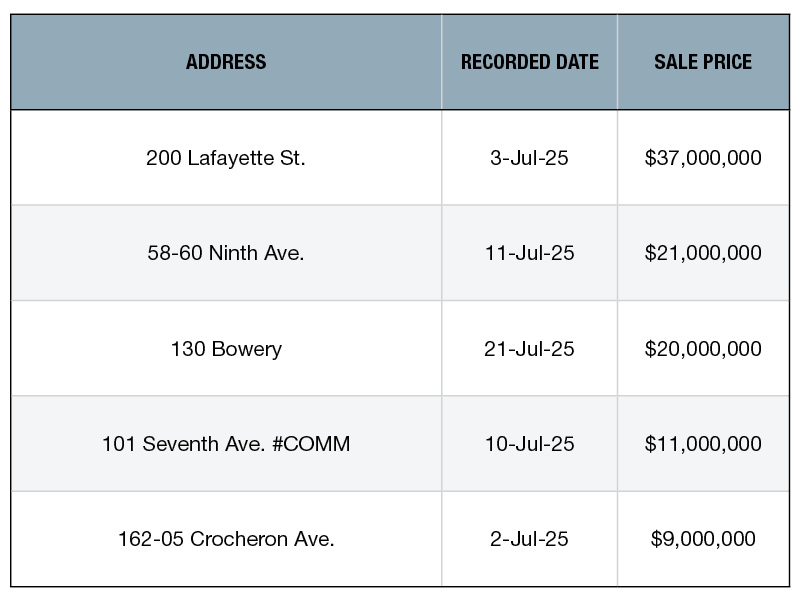
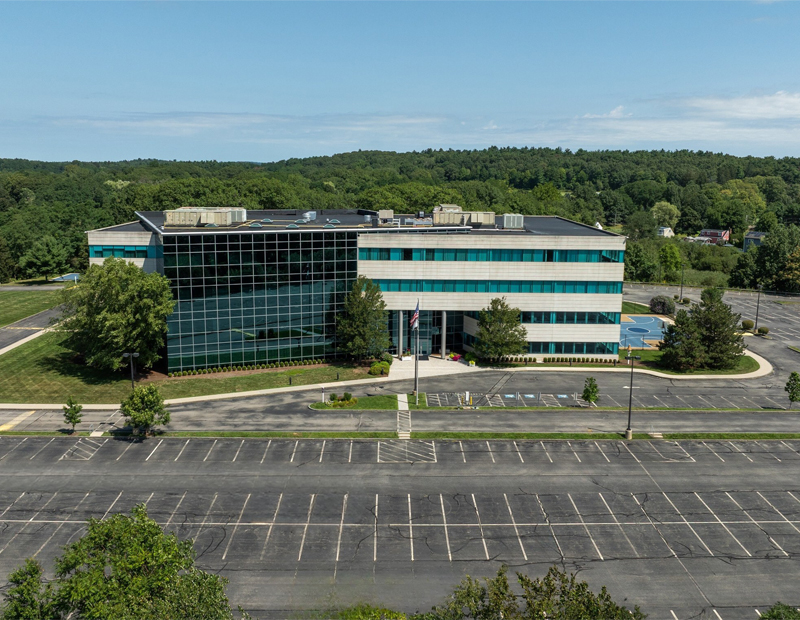
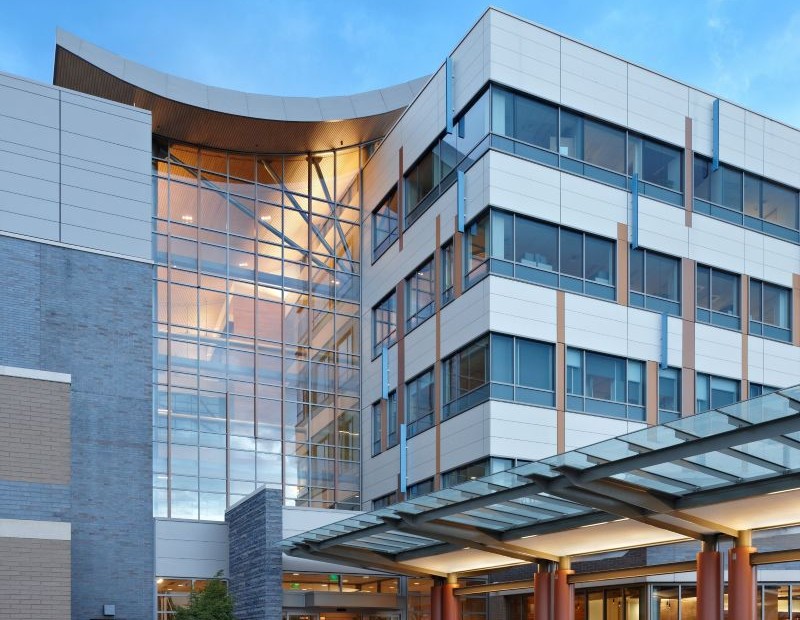
You must be logged in to post a comment.